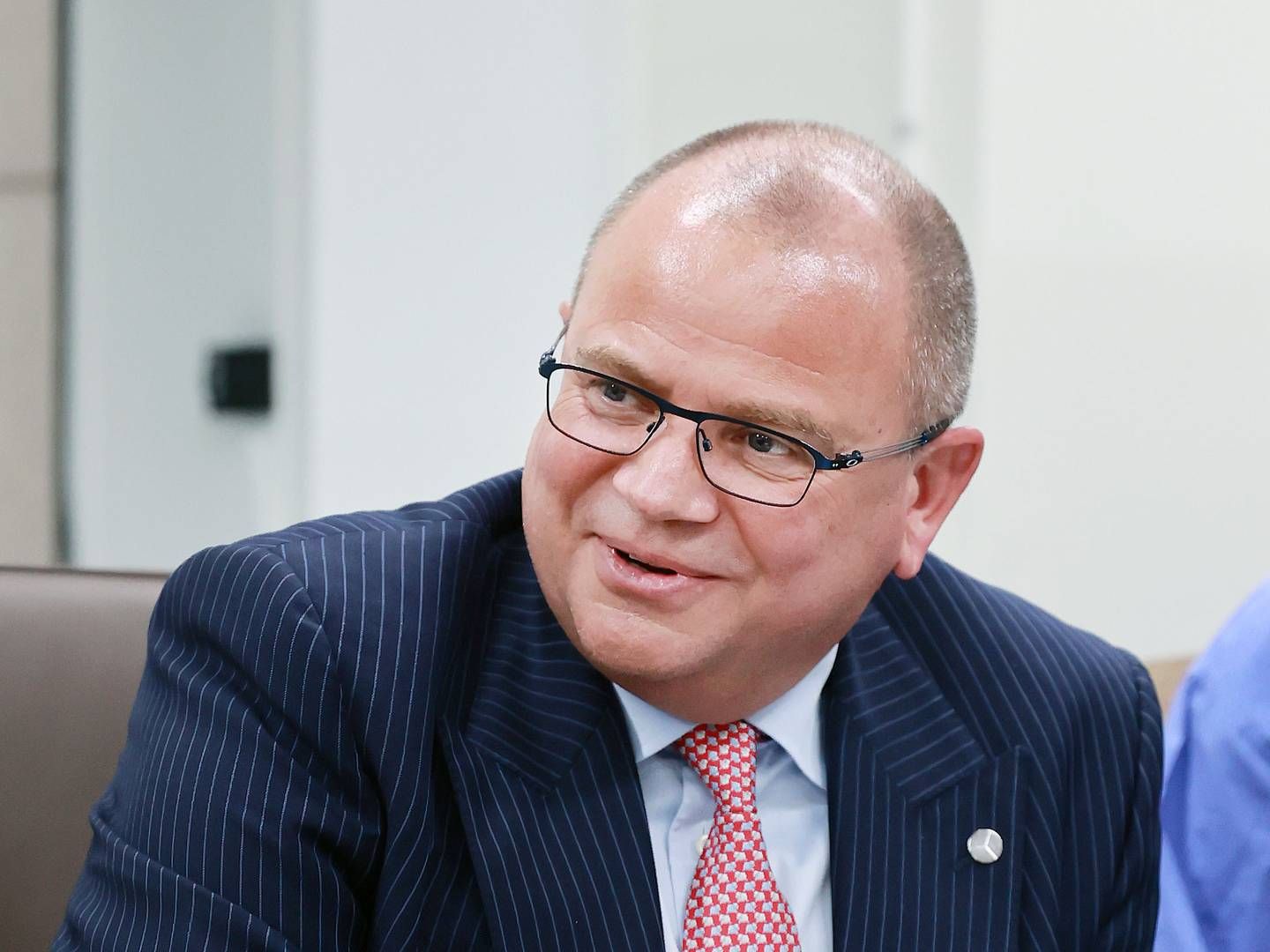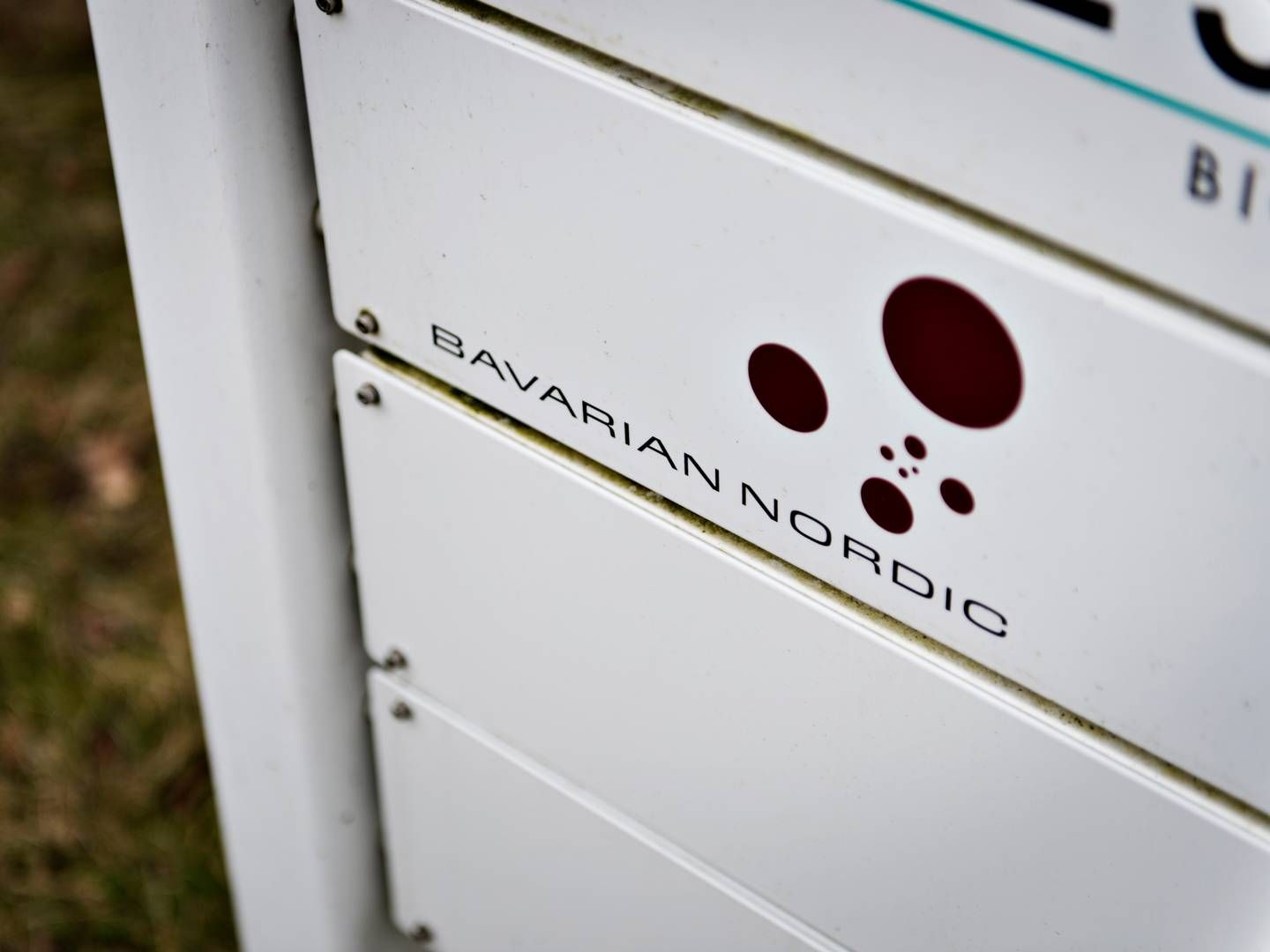Vestas-CEO: A pleasure to see progress on all lines

Vestas has come through the third quarter somewhat better than expected, and CEO Henrik Andersen is very pleased that the arrow is now pointing in a positive direction for the wind turbine manufacturer, which has long struggled with red figures in its accounts.
”I’m most pleased that we have actually said that we would get here one day - and now we have. It’s a pleasure to have a quarter where we can see progress on all lines.”
”And we are marginally away from also starting to make money on our turbines, so we have a Vestas that is back in the black on its activities. It’s absolutely a pleasure,” says Henrik Andersen in an interview with MarketWire.
While Vestas earns good money from servicing turbines, selling, producing and delivering turbines has long been a loss-making business for the company.
However, as Henrik Andersen points out, there is now also clear progress to be seen in the part of Vestas’ accounts that constitutes the activities in Power Solutions.
In the third quarter, Vestas generated revenue of EUR 3.4 billion in Power Solutions, corresponding to a growth of 10.3 per cent from the same quarter last year, and the operating loss was significantly reduced to EUR 38 million from EUR 252 million in the same period last year.
The positive development is driven by two factors in particular.
”What is now coming into our order book is not subject to the same surprises as it has been since the beginning of 2020 and throughout 2021. This means that when we execute on something, the price in relation to the costs we purchase at is the right one,” says Henrik Andersen.
Inflation, disruptions in supply chains and high transport costs have in many quarters prior to the crisis posed severe challenges for the industry, which has seen costs skyrocket.
”The second thing is, of course, that in a quarter like the third quarter, we can see that the things we’re working on are coming in on time, and the things we need to deliver are also coming out of the factories on time. Our obstacles in both the value chain and in our sourcing are slowly disappearing.”
”So the third quarter is the best quarter so far this year, with the obstacles we’ve had along the way. We keep our fingers crossed that this will continue throughout the year and into 2024,” says Henrik Andersen.
The order book is looking good
A steadily increasing quality of the order book at Vestas points in a positive direction for the wind turbine manufacturer’s earnings going forward.
And turbine prices are ”stable to slightly increasing”, says Vestas’ CEO.
For a number of quarters, Vestas has delivered a number of contracts that were originally signed at prices that could not match the subsequent cost increases to complete the projects.
But slowly but surely, the ”bad” contracts are being thinned out, which should ensure that Vestas actually starts earning money from selling, producing and installing turbines.
”In the third quarter, we are still struggling with contracts that are priced lower, and there are still a few left,” says Henrik Andersen about the bad contracts.
”We say that we aim to reach an operating margin of 10 per cent in 2025, but we can’t achieve that if our turbine deliveries - Power Solutions - only break even. That’s not good enough, so we need to get it up,” says Henrik Andersen.
However, earnings in Power Solutions also improved in the third quarter, where the operating loss was reduced to EUR 38 million from EUR 252 million in the same quarter last year.
The operating margin in the quarter has thus been lifted to minus 1.1 per cent from minus 8.1 per cent in the third quarter of the previous year. In comparison, Vestas’ service business had a positive margin of 21.0 per cent in the third quarter.
In relation to the progress in Power Solutions, Henrik Andersen emphasises two factors.
”There are two parts to this equation. It’s the order price, but also the fact that we no longer have the extra costs of having to transport or mitigate problems all the time.”
”The extra costs are going down and at the same time our price is going up, so it looks good for the future,” says Henrik Andersen.
Supply chain disruptions, skyrocketing transport costs and high inflation have long contributed to red numbers in the wind turbine industry, but those challenges are now somewhat more manageable.
In Wednesday’s third-quarter results, one of several positive elements was a somewhat higher average turbine price on new orders for onshore wind turbines than analysts expected.
The average price of the onshore wind turbine orders in the quarter was calculated at EUR 1.05 million per megawatt, while it was EUR 0.97 million in the previous quarter.
”I would call this stable at slightly increasing prices. In the quarter, we execute on something that has a lower pricing and get a higher pricing in the order book. This is obviously positive for the coming quarters,” says Henrik Andersen.
This creates hope that Vestas can deliver improved profitability quarter by quarter, but don’t expect a linear improvement.
There will be fluctuations as less than average projects in the order book are ramped up and converted into revenue and earnings.
”But patience is rewarded, as I say to all my colleagues today,” says Henrik Andersen with satisfaction in his voice.
(Translated using Deepl)
Related articles
Vestas raises full-year guidance
For subscribers
Vestas receives debut order for its largest onshore turbine
For subscribers























.jpg&w=384&q=75)
